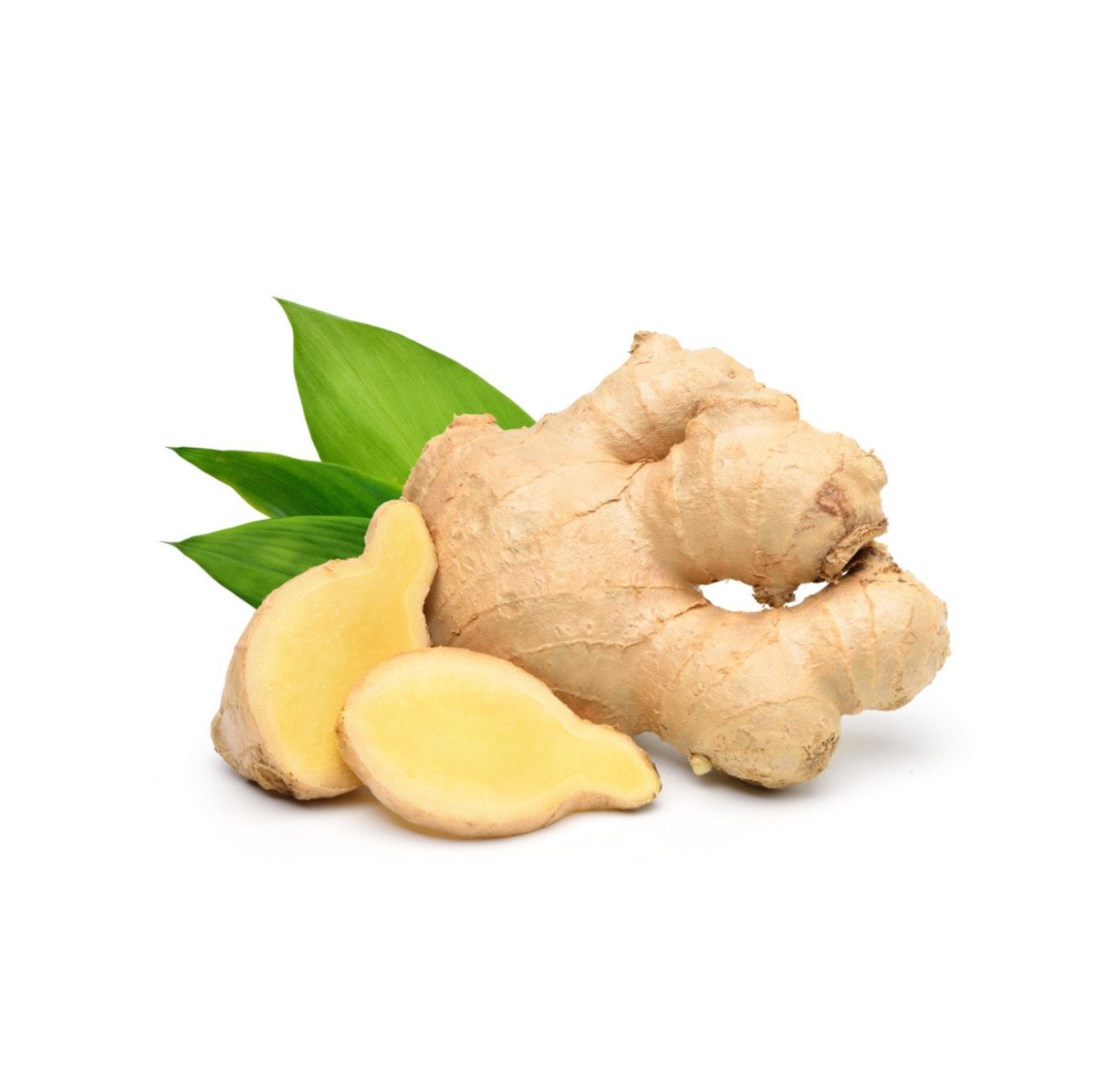Myoga, Japanischer Ingwer

Variety
Myoga, Japanischer Ingwer
created by Alex&Sempi at 10.03.2025
Features
Color
green
Resistances
cold tolerant
resistant
fungus resistant
heat resistant
Verticillium wilt-resistant
moisture tolerant
winter-hardy
Snail resistant
Winter hardy
Taste
fresh
intensive
Slightly spicy
Fruit shape
do not produce fruit
Growth habit
root type: rhizome
growth habit: upright slender
leaves: densely leafed
growth habit: runner-forming
lifespan: perennial
flower: flowering
fast growth
Location
fertilization: lime-free
Light: Semi-Shade
Soil: sandy to loamy
soil moisture: not too dry
Soil: medium-heavy
soil moisture: well-drained
Fertilization: moderately nutrient-rich
soil moisture: moist
fertilization: humus-enriched
Fertilization: nutrient-rich
soil moisture: no waterlogging
Heat requirement: high
planting: outdoor
Season Overview
Sowing
Harvest
Harvest
J
F
M
A
M
J
J
A
S
O
N
D
1ST YEAR
FOLLOWING YEARS
Description
The ginger plants (bot. Zingiberaceae) form a family within the ginger order (Zingiberales). This plant family consists of four subfamilies and six tribes. There are more than 50 genera with up to 1,300 species. Some ginger plants are very important as medicinal or aromatic plants. These include ginger, turmeric and lemon root. Other species are popular ornamental plants. The family name Zingiberaceae comes from the Russian botanist Ivan Ivanovich Martynov, who first used it in his scientific description in 1820. The genus name Zingiber comes from Sanskrit and goes back to the word sringavera, which means horn-shaped. It refers to the shape of the rhizomes. The majority of ginger plants are found in Asia. Leaf Ginger plants are evergreen. The mostly narrow leaves are alternate and two-lined on the branches. The stalked leaves are characterized by their simple leaf sheath. Depending on the species, they are herbaceous or leathery, smooth or hairy. The leaf buds are curled. The midrib is raised, the veins are parallel. The smooth leaf edge is typical of ginger plants. Flower The inflorescences rise terminally on pseudostems or on short stems that grow from the rhizomes. The inflorescences are either thick-headed or narrow on a main axis. Some species form racemose inflorescences. Usually brightly colored, the bracts are conspicuous. The hermaphrodite flowers of the ginger family are trifoliate and zygomorphic. There are three sepals. These grow together to form a narrow tube with one open side. The three petals grow together at the base. The most conspicuous part of the flower is the labellum, which consists of the two fused lateral staminodes. The ovary is single-chambered or three-chambered and contains varying numbers of ovules. It is typical of the flowers of the ginger family that they secrete a lot of nectar. The individual flowers are often open for less than a day and wither quickly. The flowers are pollinated by insects or birds. Fruit Ginger plants form capsule fruits after flowering. These are dry to fleshy. Some species develop fleshy berries with varying numbers of seeds inside. Growth The various species of the ginger family are evergreen and perennial herbaceous plants. Typical are the fleshy, sometimes bulbous thickened rhizomes. There are also species that form roots. Most ginger plants grow on the ground. Epiphytic species are rare. The stems are usually short, some species have pseudostems.
Non hybrid
Not frost resistant
Growing tips
Location Ginger plants are originally native to the tropics. They prefer a warm and sunny location. The ideal substrate or soil is permanently slightly moist. Stagnant moisture is not good for the plants. Distribution The tropical species of the ginger family are native to Southeast Asia and the Indonesian archipelago. Some species of the genus Renealmia are native to the American continent, others are found in Africa. Utilization Many species from the Zingiberaceae family can be used medicinally. Some species, such as ginger or turmeric, are known as spice plants. Ginger is an important spice for East Asian dishes. It is mainly the rhizomes that are useful. There are also ginger plants that are known as salads or vegetables. Some species provide essential oils for the perfume industry. They have a fresh citrus scent. Other species from this plant family are known as ornamental plants. They adorn tropical parks and some of them enchant terraces, balconies, rooms or conservatories in our latitudes as pot and tub plants. Care/pruning Ginger plants do not tolerate waterlogging. This can lead to root rot. Diseases/pests Ginger plants are generally uncomplicated and undemanding. The pungent substances in the plants protect them from many pests. Sometimes they are attacked by fungus gnats.
Details
Light requirement
Semi-shaded
Water requirement
Moist
Soil
Medium (loamy)
Nutrient requirement
High
Dark germinator
Germination temperature
20 – 25 °C (Degrees Celsius)
Plant distance
25 cm
Row spacing
35 cm
Seeding depth
3 cm
Companion Plants
Antagonistic Plants
Broccoli
Broccoli raab / Stem cabbage / Cima di rapa
Brussels sprouts
Cabbage (Cabbage)
Cabbage (Pointed cabbage)
Cabbage (red cabbage)
Cabbage (Savoy cabbage)
Cauliflower
Collard greens
Collard greens (Kale)
Collard greens (Tuscan kale / Dinosaur kale / Palm tree kale)
Kohlrabi / German turnip / Turnip cabbage
Mint
Napa cabbage / Chinese cabbage
Potato
Diseases
Angular leaf spot of cucumber
Fusarium
Root Rot
Pests
Land snails
Nematodes
Aphids
Voles